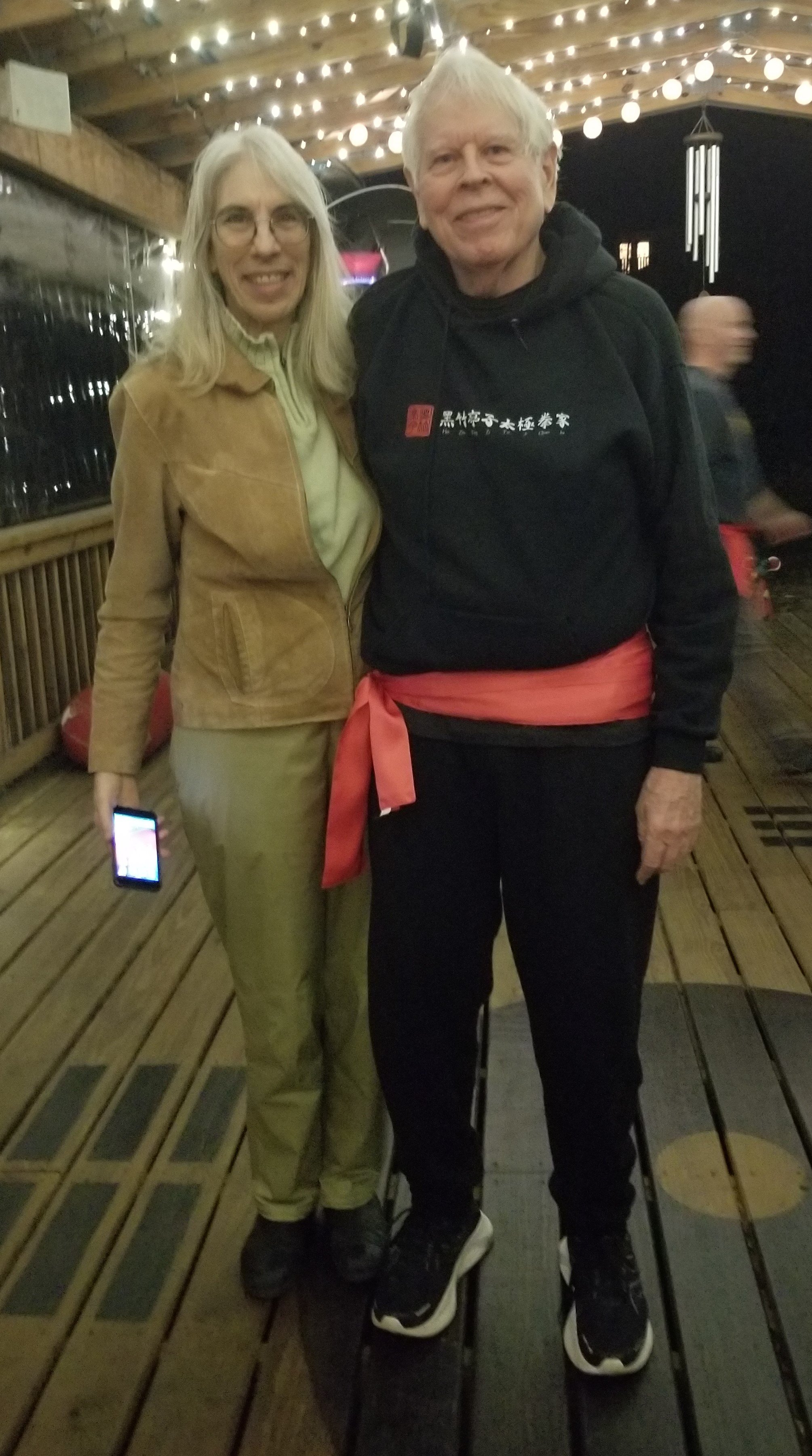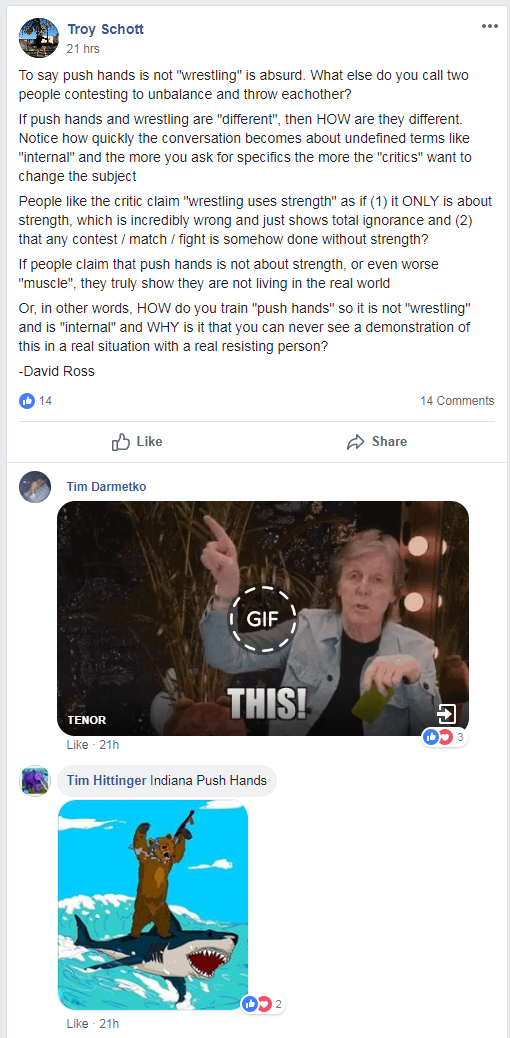Observing the capabilities and progress of each student, great teachers don’t teach out of books. I’ve watched LaoMa for many years now as he teaches with persistence, imagination and saintly patience. How many times might he have asked: “What posture is done only in the first section and never repeats? “, or “How many hug the knees in the whole form?” Responses range from blank stares, lucky guesses and, sometimes, a correct answer. The teacher-a telephone ringing in an empty room.
What does it take to awaken a senior student who himself recognizes he has become a little bored with the Form, just interested enough to show up regularly and maybe practice once in a while? Is a breakthrough even possible for her?
I write this because I feel I’ve made a genuine breakthrough in my practice after years of stasis and often regression. And I came to this through our recent work with the Roller Coaster Form.
So how did this happen for me? The development seemed to begin innocently enough with a detail review and corrections of a single posture DPP, while also noting where it was repeated in the Form. This exercise seemed to lead quite naturally, although unexpectedly, to the creation of the Roller Coaster. That experience of developing the abbreviated form (which is really not at all abbreviated as the missing parts are just not physically expressed) led me to a personal breakthrough. For the first time I began to see/feel/understand the Form not just as a memorized sequence of postures but as “The Form”, a whole greater than its parts-the gestalt. It’s difficult for me to describe this insight except to say I began to perceive the Form as a sort of landscape rather than a linear chain of postures.















